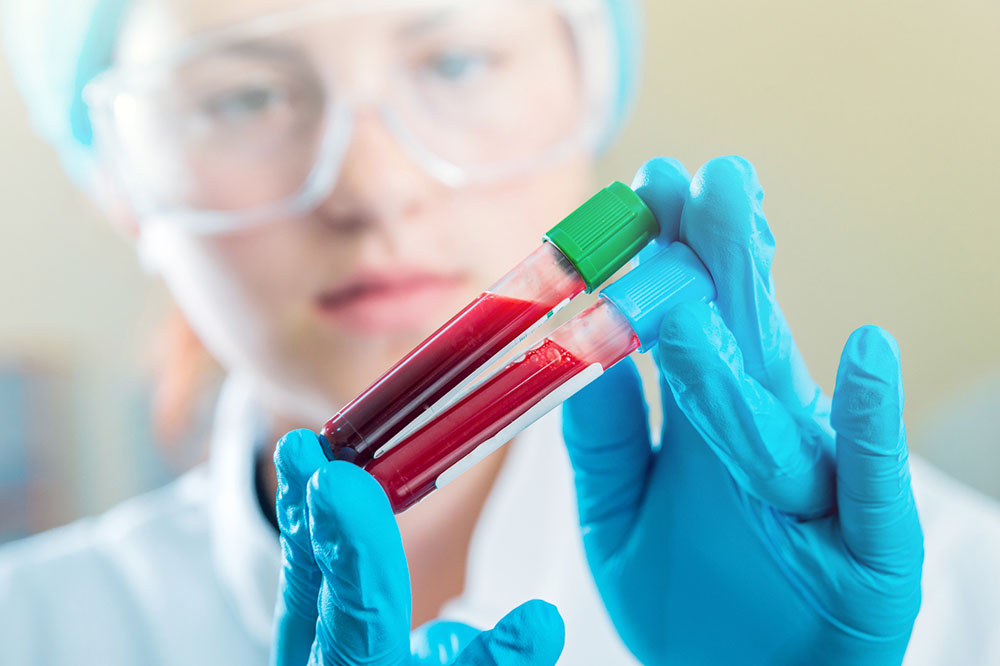Comprehensive Guide to Low Platelet Counts: Causes, Symptoms, and Effective Treatments
This comprehensive article explains what low platelet levels are, their causes, symptoms, and the most effective treatments. It covers medical options like medication adjustments, transfusions, and surgery, as well as natural ways to support recovery through diet and lifestyle. Understanding thrombocytopenia is essential for early detection and management, reducing the risk of serious bleeding events. Whether mild or severe, managing low platelet count effectively involves a combination of medical intervention and healthy habits, with personalized care pathways for better health outcomes.

Comprehensive Guide to Low Platelet Counts: Causes, Symptoms, and Effective Treatments
Low platelet levels, medically known as thrombocytopenia, pose significant health concerns due to their potential to cause excessive bleeding and other related complications. Understanding the underlying causes, recognizing symptoms, and exploring available treatment options are essential steps in managing this condition effectively. This comprehensive guide delves into what low platelet counts entail, common causes, symptoms to watch for, and the various strategies—both medical and natural—that can be used to restore normal platelet levels and improve overall health.
Platelets, or thrombocytes, are tiny blood cells that play a critical role in blood clotting and wound healing. A normal platelet count ranges from approximately 150,000 to 450,000 platelets per microliter of blood. When levels drop below this range, it signals thrombocytopenia. The severity of the condition can vary from mild, which often causes no symptoms, to severe, which significantly increases the risk of bleeding and may require urgent medical intervention.
Understanding the Causes of Low Platelet Count
The causes of thrombocytopenia are diverse, spanning from benign to serious medical conditions. Some of the most common causes include:
Bone marrow disorders: Conditions such as leukemia, myelodysplastic syndromes, or aplastic anemia impair the production of platelets in the bone marrow.
Autoimmune diseases: Diseases like immune thrombocytopenic purpura (ITP) cause the immune system to mistakenly attack and destroy platelets.
Medications: Certain drugs, including chemotherapy agents, antibiotics, and blood thinners, can reduce platelet production or increase destruction.
Infections: Viral infections such as hepatitis C, HIV, mononucleosis, or dengue fever can affect platelet counts.
Splenic sequestration: An enlarged spleen can trap and hold onto platelets, reducing their number in circulation.
Other medical conditions: Liver disease, alcoholism, and pregnancy can also contribute to low platelet levels.
Recognizing Symptoms and When to Seek Medical Help
Many individuals with mild thrombocytopenia may not experience symptoms. However, as platelet levels decrease further, symptoms typically emerge. These include:
Easy or excessive bruising
Prolonged bleeding from cuts
Frequent nosebleeds or gum bleeding
Pink or red spots on the skin called petechiae
Heavy menstrual periods
If you notice any of these signs, especially if bleeding is uncontrollable or persistent, it is critical to seek medical attention immediately. Severe thrombocytopenia can lead to serious bleeding complications, including internal bleeding, which may be life-threatening.
Medical Treatments for Low Platelet Counts
The treatment approach depends on the severity and underlying cause of thrombocytopenia. Mild cases often require no intervention, with careful monitoring to ensure levels remain stable. For more severe cases, the following treatments are commonly employed:
Medication adjustments: If the low platelet count is medication-induced, your doctor may recommend stopping or changing the medication.
Immune-suppressing drugs: For autoimmune conditions like ITP, drugs such as corticosteroids or rituximab can help suppress immune attack on platelets.
Intravenous Immunoglobulin (IVIG): Used in urgent cases to rapidly increase platelet counts by modulating immune response.
Platelet transfusions: In emergencies, transfusing platelets can temporarily boost levels and control bleeding.
Splenectomy: Surgical removal of the spleen may be considered when other treatments fail, as it reduces platelet destruction.
Addressing underlying causes: Managing infections or treating liver disease can improve platelet production.
Supporting Recovery with Natural and Lifestyle Approaches
Alongside medical interventions, certain lifestyle and dietary modifications can bolster the body's ability to generate and maintain healthy platelet levels. Incorporating immune-boosting foods rich in vitamins, antioxidants, and omega-3 fatty acids can be beneficial:
Vitamins and minerals: Ensuring adequate intake of vitamin B12, folate, and iron supports blood cell production.
Antioxidant-rich foods: Fruits like berries, oranges, and vegetables such as spinach and broccoli help reduce oxidative stress and promote immune health.
Omega-3 fatty acids: Foods like salmon, walnuts, and flaxseeds may help reduce inflammation without impairing blood clotting.
Avoiding substances that impair platelets: Limit alcohol consumption and avoid drugs that could lower platelet levels unless prescribed by your healthcare provider.
Preventing Complications and Long-term Management
Effective management of thrombocytopenia involves regular monitoring of blood counts, adherence to prescribed treatments, and lifestyle adjustments. Patients should work closely with their healthcare providers to identify triggers and prevent bleeding episodes. In addition, staying informed about the condition and understanding when to seek urgent care are vital components of long-term safety.
Given the complex range of causes and treatments, an individualized approach is crucial to optimize recovery and prevent complications. Advances in medical research continue to improve our understanding of thrombocytopenia, providing hope for more effective therapies in the future.





